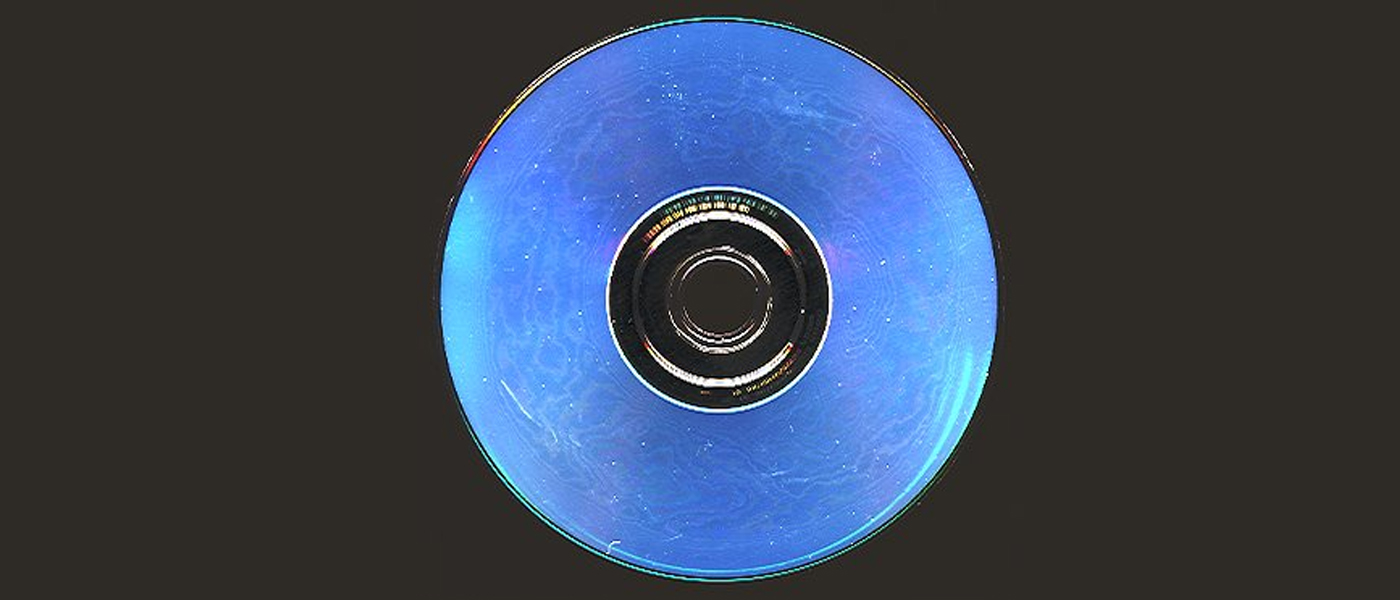Just a few weeks back, when I was at CES, I was gifted with a SoundSmith “The Voice” phono cartridge. Blessed would be more like it. I can’t believe how this little baby has transformed the sound of my LPs.
First, a little background. While I had always listened to LPs, and in fact traveled around the country in my early twenties with boxes of prized vocal recordings, my first entrée into high-end audio was via the digital domain. If memory serves me right, my set-up at the time consisted of old Advent speakers connected with 12-gauge wire that sounded much better than lamp cord, a Pioneer or Kenwood receiver, a used Dual 1219 turntable with Shure cartridge that allowed me to play 78s, and Radio Shack-grade interconnects. The set-up was atrocious, but it served this low-income music lover okay.
Then I read that CDs promised perfect sound forever. After speaking with a friend who owned a recording studio in Chicago, I bought myself a Magnavox CD player. “It’s made by Philips,” he told me, “and sounds less harsh than the CD players coming out of Japan. I didn’t know why a CD player would sound harsh, but I had no reason not to trust him.”
Then I went out to a now defunct chain store and bough Aretha Franklin’s latest CD. Returning home, I put it on the player and heard sound so unrelentingly bright and piercing that I turned the thing off after struggling through two tracks. I promptly put the CD back in its “jewel” case – jewel my foot – and drove back to the dealer. “I want my money back,” I declared in irate tones. “If this is what CDs sound like, I want none of it!”
All well and good. But with no contact with audiophile publications or high-end dealerships, I didn’t know where to go from there. Slowly the speakers changed to used Spicas (set up incorrectly, of course), the cabling to huge Monster cable. Then, somewhere along the line, came the move to larger quarters, the new speakers, then the Theta Gen. V DAC, then better interconnects, finally a rack, then tube amplification, etc. etc. I felt I was on my way to fulfilling a long-held dream – a glorious soundsystem.
Despite Lord knows how much knowledge I had accumulated over the intervening years, not least by writing for the audiophile press, I stuck to digital because (a) I didn’t have the bucks to invest in a good analogue set-up, (b) I’d already invested so much in my excellent digital chain that I couldn’t imagine shifting gears, and (c) as a music critic, I was receiving free CDs galore on a daily basis.
Then came RMAF 2006. While blogging for Stereophile, I entered a raffle sponsored by Oakland-based distributor Musical Surroundings. Miraculously, I won. Although it was a little embarrassing to claim my prize with my editor watching, I ended up, thanks to some negotiation and a huge amount of generosity, with a Clearaudio turntable. The sound of the cartridge I was using – a godsend after the harshness of the Blue Point on my Dual – was absolutely lovely on top, but bass had mostly gone into hiding. It was great for song recitals, but unthinkable for full-range orchestral music. For the most part, the turntable sat there.
Then, a few months back, I had the extreme privilege of hanging with Steve Hoffman, Kevin Gray, Chad Kassem, and Don MacInnis at a Southern California mastering session for prized Blue Note jazz titles that are distributed by Chad’s Acoustic Sounds. Soon after I returned home, Chad began sending me test pressings. The 180 gm. Vinyl discs, which many collectors would kill for, sat unplayed as I focused on assignments.
Then came CES and “The Voice.” A week later, after a fellow member of the Bay Area Audiophile Society plus the folks at Musical Surroundings helped install the cartridge, I sat down to listen. I was and remain floored. The sound is extraordinary. I’ve listened to a lot of great digital recordings on my system, but I have never ever heard drums sound so realistic as on these Blue Note pressings. Even with an entry-level Clearaudio platter and arm rather than a $20,000 set-up, the Soundsmith “The Voice” is performing miracles.
(I should note that I’ve got some help from the solidity of a Symposium Platform, which really makes a difference under the turntable. Everything becomes more solid and substantial, with size and weight much closer to the real thing).
Once I get through the next 25 articles that are due in the next three days – well, I am exaggerating a bit – I’m eager to do more analogue listening. My neighbor José is a jazz aficionado. We are going to have a ball. This cartridge is something else.


